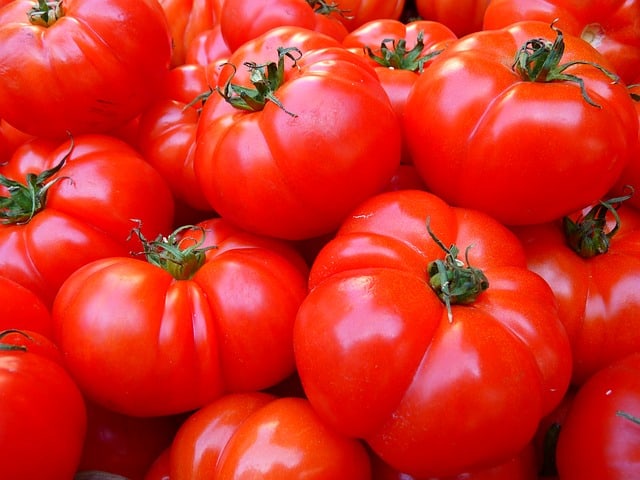
Growing Organic Tomatoes Indoors
No matter whether you are making meatloaf, a salad, spaghetti, or french fries, chances are you will find that tomatoes represent at least one key ingredient. Unfortunately, if you go to the supermarket, or even a roadside vegetable stand, you may wind up purchasing tomatoes that have pesticides on them, or other unhealthy chemicals. Growing your own organic tomatoes at home and indoors is a great way to have fresh, delicious tomatoes year round. Let’s look at some tips on growing the best organic tomatoes indoors.
Start with the Best Seeds
Depending on the amount of room you have, some tomato varieties may work better than others. As a general rule of thumb, you should look for the following characteristics:
- Non-hybrid varieties, so that you can save the seeds from year to year.
- Crack-resistant varieties that will enable you to reduce damage to the fruit caused by sudden changes in soil moisture. Some good varieties include Delicious, Black Cherry, Gardener’s Delight, and Sweet 100.
- Varieties that produce compact plants, or ones known to do well in containers. Typically, cherry and plum varieties tend to be favored by indoor gardeners, but you can also try beefsteaks.
Lighting
Even though tomato plants are fairly hardy, they require full sunlight. If you live in the Northeast, or some other cold region, you may find that windowsill gardening will not suit your needs. In order to make sure that your plants are getting enough sunlight, you can purchase a light meter from a gardening store. You can also use this meter to determine how many grow lights to purchase if you decide to grow plants away from a window, or in a room with low levels of natural light.
Organic Mulches and Fertilizers
Typically, tomato plants require soil with a good bit of humus in it. Even if you live in a small apartment, you should be able to set up a small bin where you can compost small amounts of kitchen waste. If you do not want to create your own compost, there are also several fertilizer products you can purchase that do not make use of chemicals and synthetic fertilizers. You should also make sure that you can create a form of liquid fertilizer.
Soil pH Management
When you grow plants indoors, pH can shift quickly as plants grow and use up nutrients in the soil. Therefore, you will need to check the pH on a regular basis. As a general rule of thumb, Tomato plants do best in slightly acidic soils. If you can keep the pH between 6.0 and 6.8, it will reduce flower rot, and other problems. Today, there are a number of pH testing metersthat you can purchase in a gardening store or online.
In order to keep pH as steady as possible, you should try to choose, or mix soils that have as much organic content as possible. If pH goes too high, you can add coffee grounds, or if it goes too low, use lime. On the other hand, if you repot on a regular basis, you can most likely avoid having to adjust pH at crucial times.
Flowering and Pollination
Each variety of tomato plant will flower within a certain window of time. For example, a variety that takes 80 days to mature should start making flowers around day 60. If that window of opportunity is missed, the plant may not produce flowers at all. Once you know when each plant should begin making flowers, it is very important to increase nutrients via liquid fertilizer, as well as make sure that the plants get enough light. Once the flowers are produced, you will need to shake the plants around noontime in order to ensure pollination occurs. Alternatively, if you are growing tomatoes in warm weather, you can simply put the plants outdoors, and let the wind and bees do the job for you.
Consider Aeroponics for City and Cold Region Dwellers
Aside from taking up a lot of time, repotting plants can also become quite expensive. If you are looking for an economical and efficient way to grow tomato plants indoors, aeroponic gardening offers a number of advantages. This includes using less space than needed for conventional soil based methods, as well as a significant reduction in problems associated with parasites, bacterial infections, and insects.
There is no question that the cost of food will continue to rise as soil depletion and desertification force farmers to pay more for land and fertilizer. At the same time, the incessant usage of dangerous pesticides can easily rob you and your family of several decades of life and well being. Today, you can begin changing that downward cycle by growing organic tomatoes indoors. Once you know how to manage this plant, you can easily begin growing other staples that will help you save money, as well as ensure your long term health.